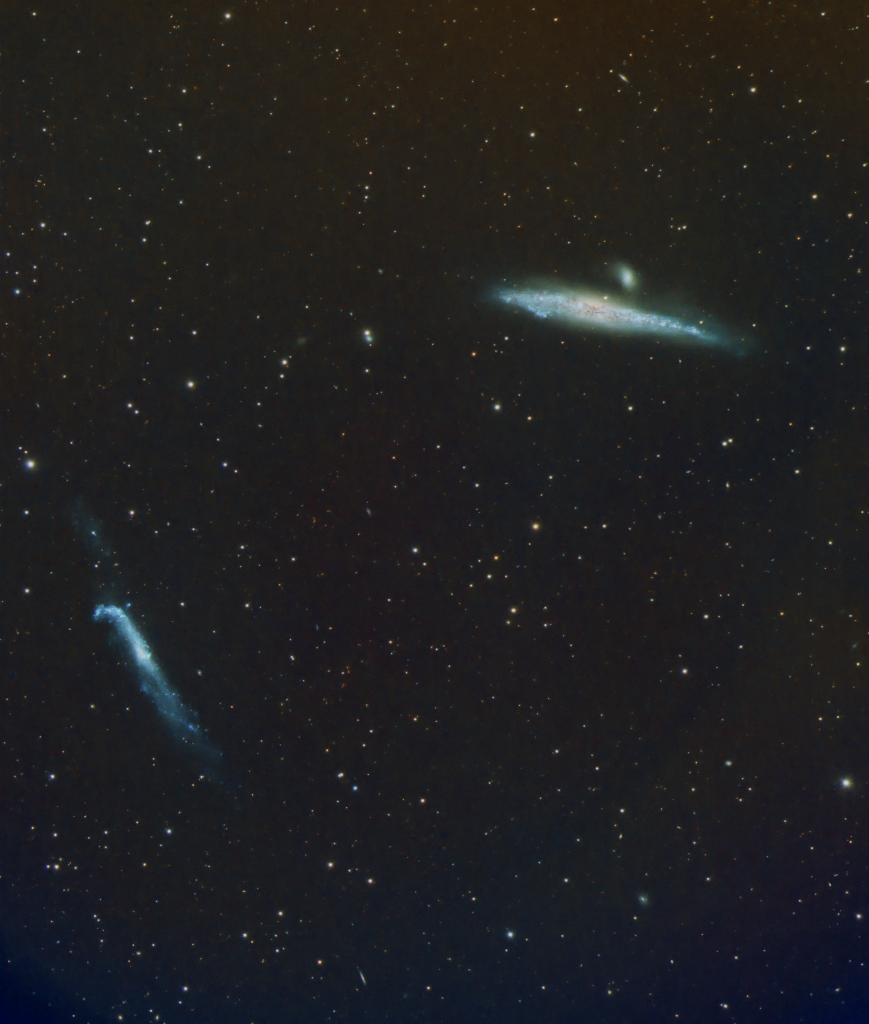
Similar Posts
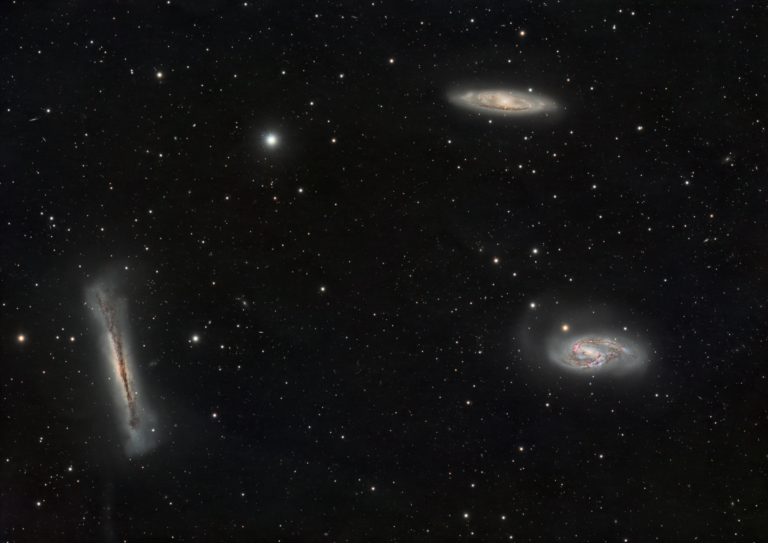
The Leo Trio (again)
It’s been awhile since I imaged the “Leo Trio” (aka Leo Triplet) of galaxies: M65, M66, and NGC 3628. I wanted to see if my latest equipment, software, and somewhat darker skies made a difference. I’d say so… this is a total of 25 hours of exposure time, including some Hydrogen-alpha filter data to pull…
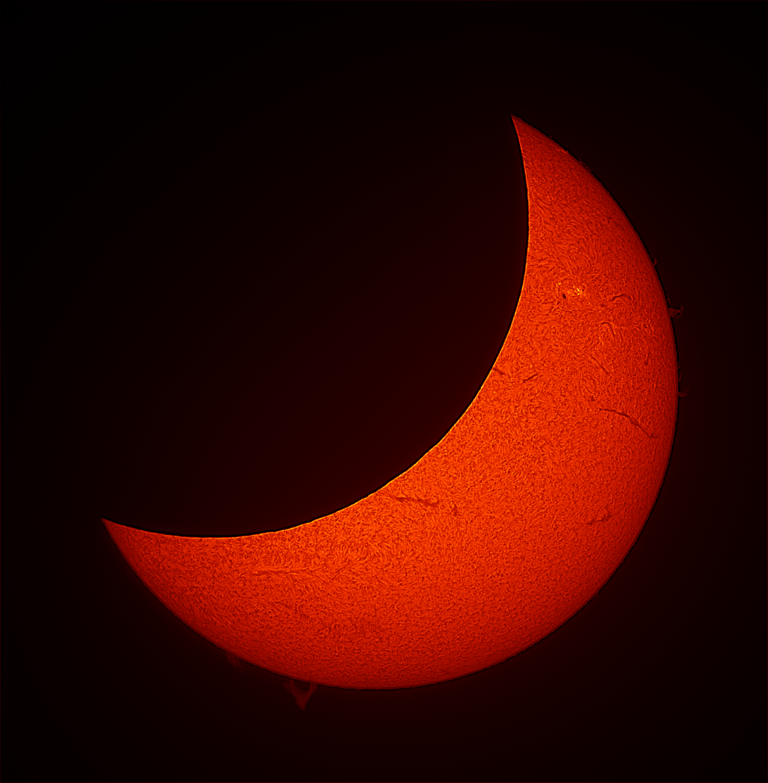
The Great American Eclipse
I wasn’t able to travel to the path of totality, but here from Florida we still had a partial eclipse. Here’s my shot at its peak, viewed through a special solar telescope using a Hydrogen-Alpha filter to bring out all the roiling detail of the sun’s surface. Check out those prominences around the edge!
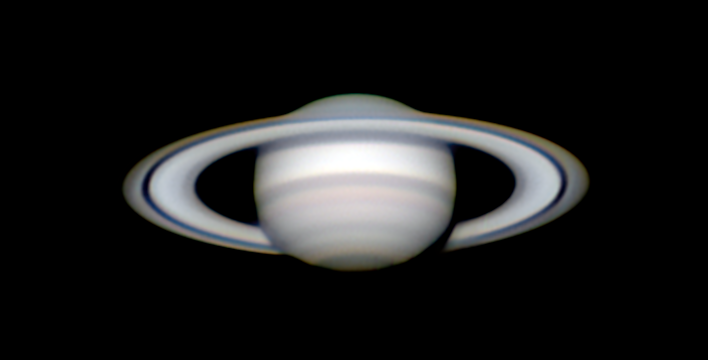
Saturn, Jupiter, and a cameo from Io
Last night marked Jupiter’s “opposition” – this is the time of year where Jupiter is at its closest point to Earth, and it’s at its biggest and brightest. By a stroke of luck, we had unusually clear skies for this event, and its moon Io was also crossing in front of Jupiter! You can see…
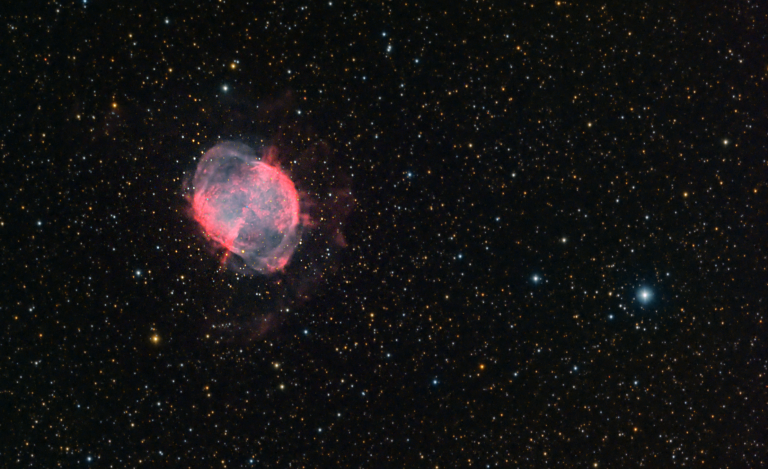
The Dumbbell Nebula
The Dumbbell Nebula (M27) is what’s called a planetary nebula – but it has nothing to do with a planet. This shell of gas was blown out by a dying star; once it started to run out of Hydrogen to burn, it expanded and blew out the gases you see here. The star then collapsed…
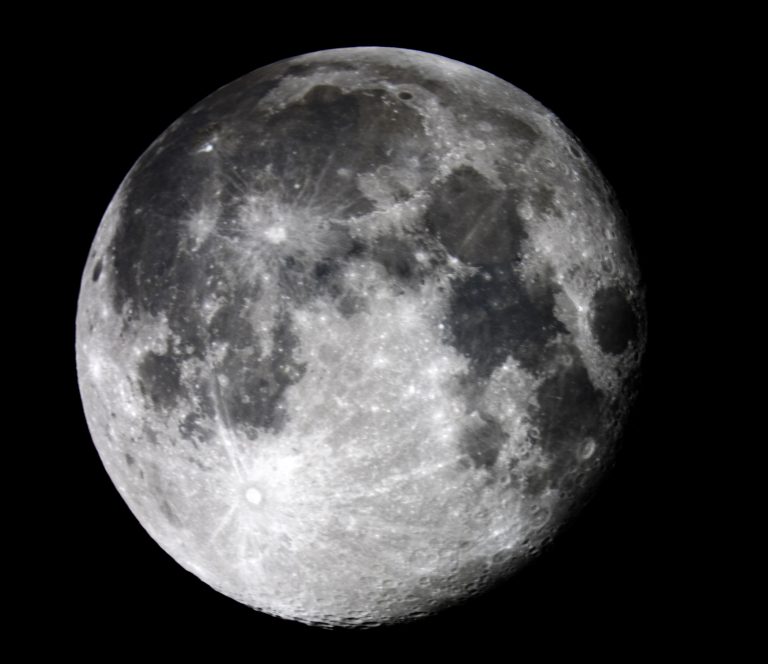
The Moon
A full moon captured with a Canon T6i DSLR.
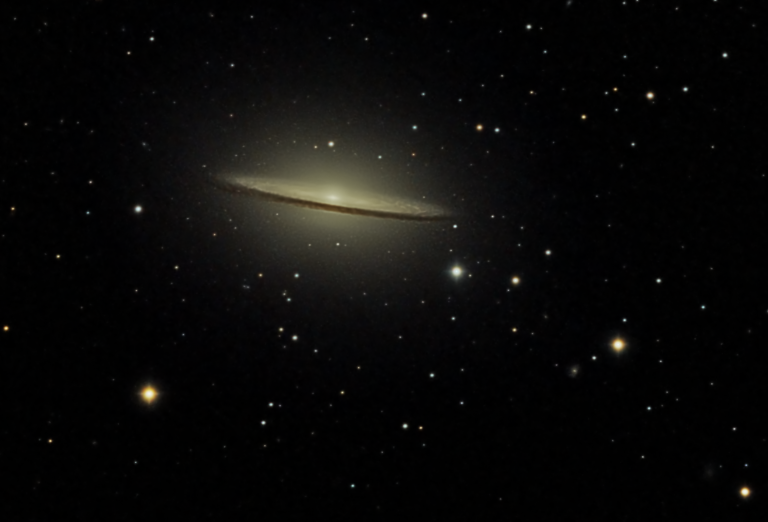
Sombrero Galaxy
M104 is known as the “Sombrero Galaxy” due to its visual appearance – but a deep, long-exposure image reveals its true structure. It’s a lenticular galaxy about 30 million light-years away, about 30% the size of our own Milky Way galaxy.

